
Dr. James McCaffrey of Microsoft Research says decision trees are useful for relatively small datasets and when the trained model must be easily interpretable, but often don't work well with large data sets and can be susceptible to model overfitting.
- By James McCaffrey
- 02/21/2023

Dr. James McCaffrey of Microsoft Research says the main advantage of scikit is that it's easy to use (even though most classes have many constructor parameters).
- By James McCaffrey
- 02/01/2023

The fundamental technique has been studied for decades, thus creating a huge amount of information and alternate variations that make it hard to tell what is key vs. non-essential information.
- By James McCaffrey
- 01/18/2023

Dr. James McCaffrey of Microsoft Research: When multi-class data is skewed toward one or more classes, it's very important to analyze accuracy by class.
- By James McCaffrey
- 01/03/2023

Dr. James McCaffrey of Microsoft Research uses full code samples to detail an evolutionary algorithm technique that apparently hasn't been published before.
- By James McCaffrey
- 12/20/2022

Dr. James McCaffrey of Microsoft Research says that when quantum computing becomes generally available, evolutionary algorithms for training huge neural networks could become a very important and common technique.
- By James McCaffrey
- 12/13/2022

Dr. James McCaffrey of Microsoft Research updates regression techniques and best practices guidance based on experience over the past two years, reflecting rapid advancements in machine learning with deep neural techniques.
- By James McCaffrey
- 11/14/2022

Machine learning with deep neural techniques has advanced quickly, so Dr. James McCaffrey of Microsoft Research updates regression techniques and best practices guidance based on experience over the past two years.
- By James McCaffrey
- 11/01/2022

Dr. James McCaffrey of Microsoft Research explains how to train a network, compute its accuracy, use it to make predictions and save it for use by other programs.
- By James McCaffrey
- 10/14/2022

Because machine learning with deep neural techniques has advanced quickly, our resident data scientist updates binary classification techniques and best practices based on experience over the past two years.
- By James McCaffrey
- 10/05/2022
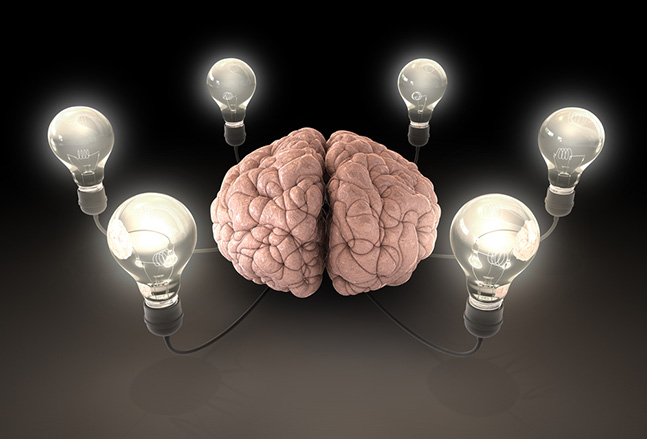
Following new best practices, Dr. James McCaffrey of Microsoft Research revisits multi-class classification for when the variable to predict has three or more possible values.
- By James McCaffrey
- 09/12/2022

Dr. James McCaffrey of Microsoft Research updates previous tutorials with new, cutting-edge deep neural machine learning techniques.
- By James McCaffrey
- 09/06/2022

One use case for the analysis of variance statistics technique is asking if student performances are the same in three classrooms taught by the same teacher but with different textbooks, says Dr. James McCaffrey of Microsoft Research.
- By James McCaffrey
- 08/17/2022
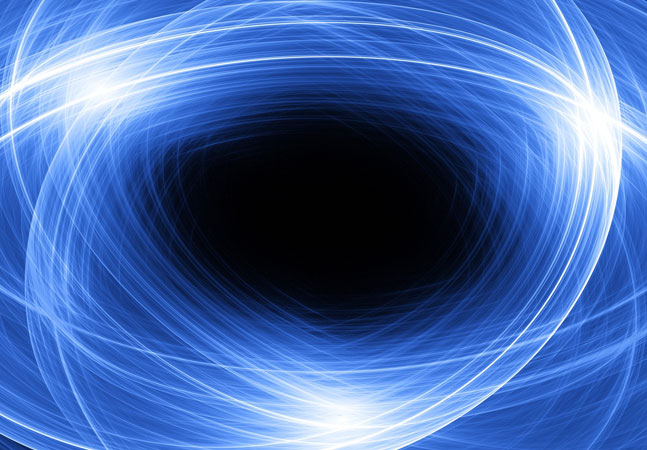
With no built-in functions for classical statistics analyses in the .NET library, Dr. James McCaffrey of Microsoft Research explains how to roll your own from scratch.
- By James McCaffrey
- 08/02/2022

After previously discussing permutations, Dr. James McCaffrey of Microsoft Research uses step-by-step examples and full code presentations to explore combinations.
- By James McCaffrey
- 07/20/2022
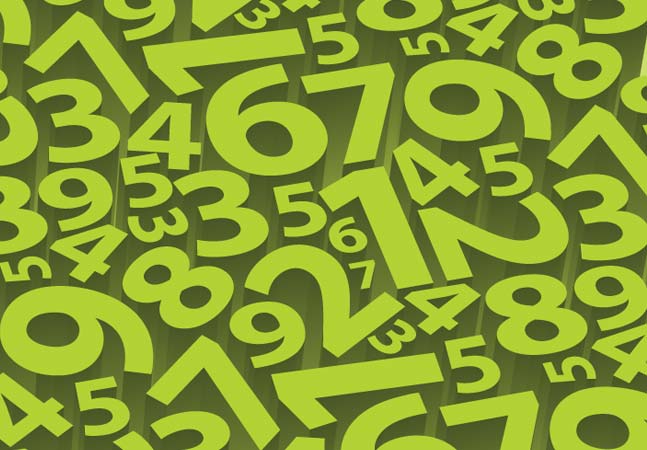
Get ready to use the BigInteger data type as Dr. James McCaffrey of Microsoft Research demonstrates zero-based mathematical permutations with C#.
- By James McCaffrey
- 07/05/2022

Dr. James McCaffrey of Microsoft Research uses a full code program for a step-by-step explanation of this machine learning technique that indicates if patterns are random.
- By James McCaffrey
- 06/17/2022
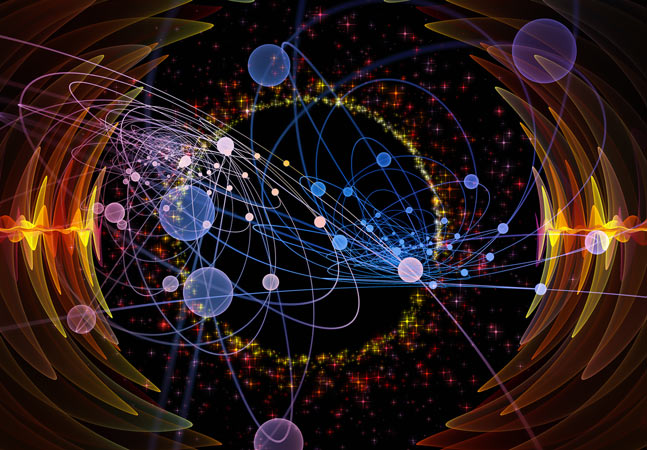
Dr. James McCaffrey of Microsoft Research explains the classical machine learning technique typically used for binary classification -- predicting an outcome that can only be one of two discrete values.
- By James McCaffrey
- 06/01/2022

Dr. James McCaffrey of Microsoft Research explains the machine learning technique, which can be used to predict a person's happiness score from their income and education, for example.
- By James McCaffrey
- 05/19/2022
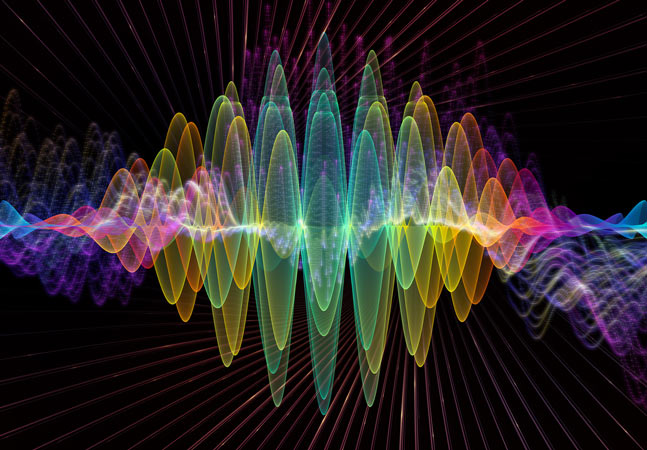
Dr. James McCaffrey of Microsoft Research presents a full step-by-step example with all code to predict a person's optimism score from their occupation, eye color and country.
- By James McCaffrey
- 05/02/2022

CIFAR-10 problems analyze crude 32 x 32 color images to predict which of 10 classes the image is. Here, Dr. James McCaffrey of Microsoft Research shows how to create a PyTorch image classification system for the CIFAR-10 dataset.
- By James McCaffrey
- 04/11/2022

CIFAR-10 problems analyze crude 32 x 32 color images to predict which of 10 classes the image is. Here, Dr. James McCaffrey of Microsoft Research explains how to get the raw source CIFAR-10 data, convert it from binary to text and save it as a text file that can be used to train a PyTorch neural network classifier.
- By James McCaffrey
- 04/01/2022

This demo from Dr. James McCaffrey of Microsoft Research of creating a prediction system for IMDB data using an LSTM network can be a guide to create a classification system for most types of text data.
- By James McCaffrey
- 03/21/2022
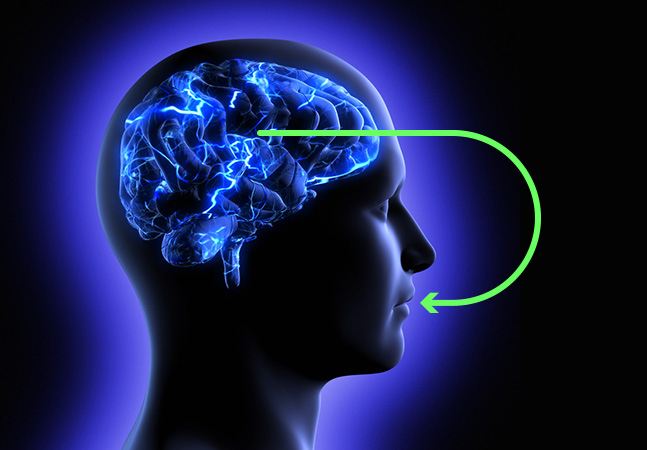
Dr. James McCaffrey of Microsoft Research shows how to get the raw source IMDB data, read the movie reviews into memory, parse and tokenize the reviews, create a vocabulary dictionary and convert the reviews to a numeric form.
- By James McCaffrey
- 03/03/2022
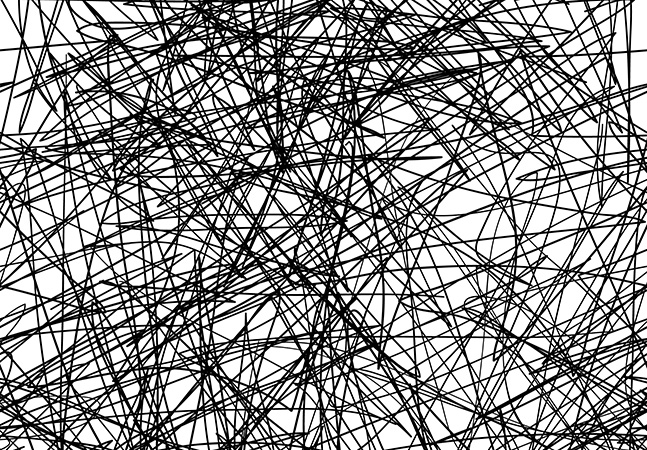
Dr. James McCaffrey of Microsoft Research details the "Hello World" of image classification: a convolutional neural network (CNN) applied to the MNIST digits dataset.
- By James McCaffrey
- 02/15/2022